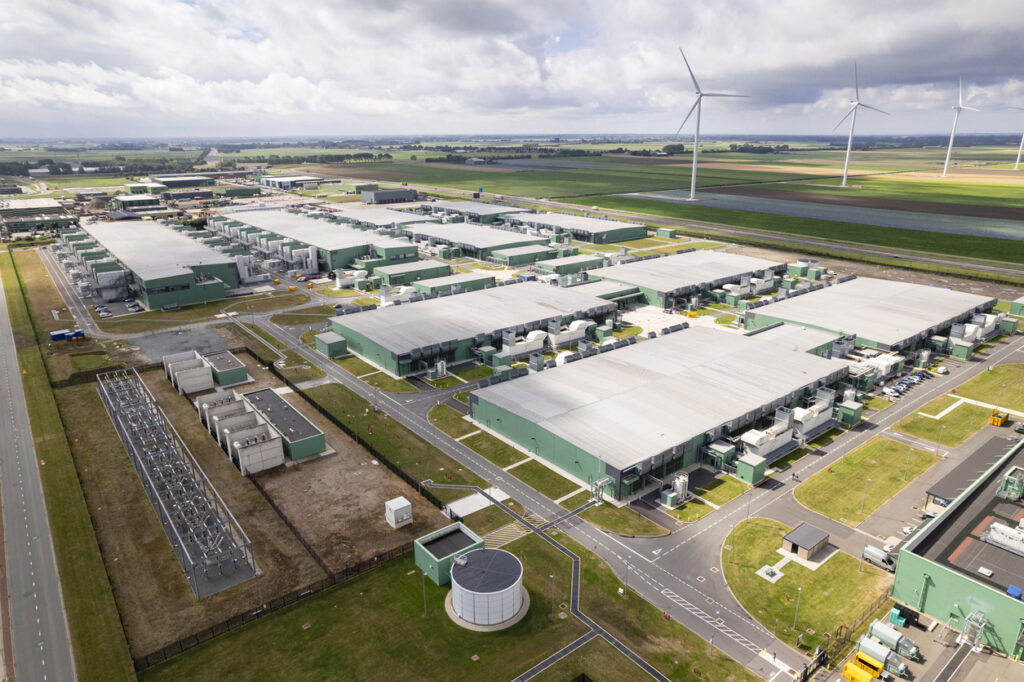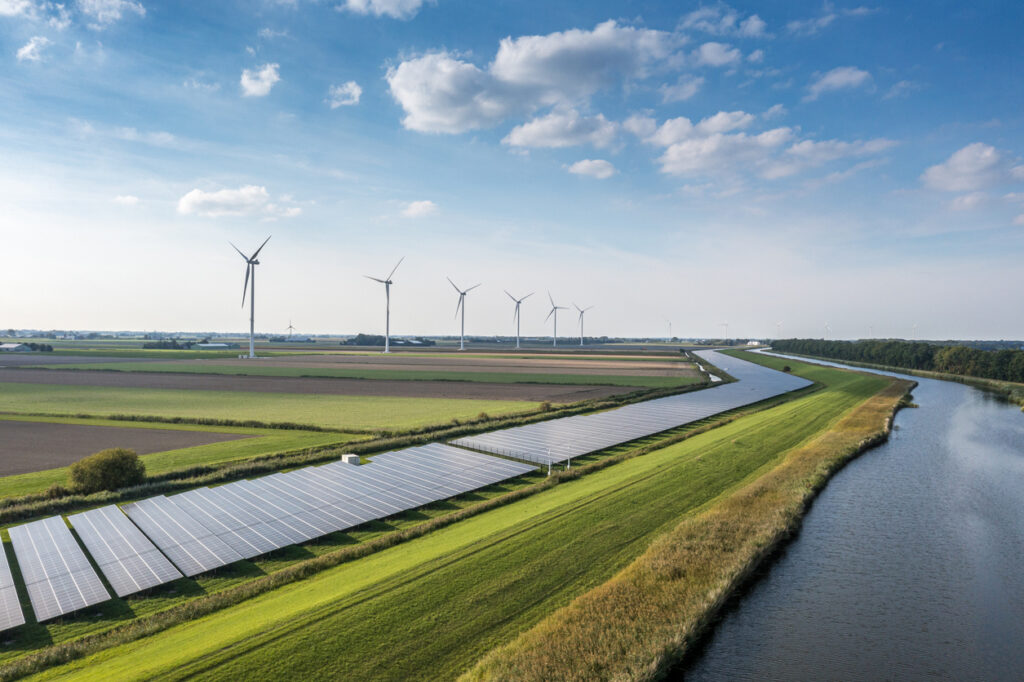An expanding landscape
Coinciding with President Donald Trump’s state visit, major US tech firms have pledged to invest £150 billion into the UK. As part of this wave of announcements, on 16 September 2025, Google unveiled its new Waltham Cross data centre with Chancellor Rachel Reeves which will form part of its £5 billion investment into the UK.
The UK’s data centre power demand could rise to between 3.3 GW and 6.3 GW by 2030. As it stands, the UK is not generating enough energy to deal with Artificial Intelligence’s (AI) increasing power demand, at a time when overall electricity demand is expected to increase to support the decarbonisation of the heat and transport sectors. With generation capacity constraints and environmental concerns, developers have a multitude of considerations when embarking on a data centre project.
Why are data centres so power hungry?
Data centre servers run continuously so that data can be readily available. The servers are powerful computers that generate substantial heat, requiring a significant volume of energy to cool the servers and prevent overheating which could cause downtime and data loss.
Home grown data centres
There is a push for data centres to be developed in the UK for a number of reasons, including:
- Regulation – the UK government will be better placed to ensure data centres meet cybersecurity and environmental standards.
- Accessibility – UK based organisations will have easier access to high-quality data processing power.
- Innovation of AI – it is important for certain AI applications such as autonomous vehicles or remote healthcare to have data processed in close proximity.
In July 2025 the government published their UK Compute Roadmap (Roadmap), setting out a plan to deliver a national platform for scientific leadership, long term growth and strategic resilience ensuring that the ‘UK is a leader, not a laggard’ in the AI global race. They pledged to spend up to £2 billion between now and 2030 to develop a modern public compute ecosystem.
The Roadmap outlines how the government aims to secure investment through AI Growth Zones (AIGZs), which are specific sites that have been identified to be suitable for AI-enabled data centres. AIGZs can be used for development of areas with existing energy capacity such as post-industrial towns or coastal Scotland.
Water scarcity and power constraints
The availability and source of water resources must be considered during data centre site selection. A large proportion of data centres have been developed in the South East, which raises concerns about water scarcity.
According to the Environment Agency, the region will require 2.6 billion extra litres of water per day by 2050 to maintain supply. As an essential resource, the question arises as to whether continued expansion of data centres in already stressed regions is sustainable.
Another major challenge for new data centres is the delay in connecting new generation capacity. To try and mitigate this, the National Energy System Operator introduced a connections reform which prioritises projects that are ready and are delivering clean power and wider industrial carbonisation. However, the full impact of these reforms is yet to be seen, and their effect on the grid with the additional demand remains unknown.
With the North typically experiencing cooler temperatures, data centres located in the region may require less water for cooling. Additionally, due to the structure of the grid, most of Great Britian’s electricity is generated in the North. These advantages may suggest that northern sites could provide a more sustainable option for future data centre developments.
Water supply concerns have already shaped planning decisions, as Anglian Water opposed a proposed data centre in Lincolnshire, citing shortages in “the driest part of the country”.
Importantly, the water used by data centres for cooling does not need to be drinking water quality. Instead, data centres can utilise non-potable or grey water and adopt technologies such as free cooling or advanced closed-loop systems that require minimal water.
A spokesman for Anglian Water suggested that data centres should be cooled with treated sewage effluent and located near water recycling plants. These approaches highlight how developers can mitigate regional water stress through innovative and sustainable solutions.
Making data centres more ‘green’
The government’s Clean Power 2030 Action Plan outlines that the goal is for Great Britain to produce enough clean power to meet its annual electricity demand with the ability to use gas only when necessary. These targets introduce an additional hurdle for developers to consider when building a data centre.
Construction on Europe’s largest cloud and AI data centre, DC01UK, is set to begin in 2027, requiring an estimated investment of £3.75 billion. Yet its location on green belt land, coupled with broader concerns, has triggered resistance from residents.
Elsewhere, the Houghton Regis Data Centre has received opposition due to concerns over (among other things) its anticipated electricity demand.
Data centre developers are increasingly, exploring alternative, lower-carbon solutions, including:
- Corporate power purchase agreements (PPAs) – Data centre operators can obtain corporate PPAs for a long-term supply of renewable energy. These can be complex agreements and may include a financing aspect where the electricity producer finances the data centre installation.
- On-site or local renewables – Data centres may choose to have solar panels or wind turbines built on-site or nearby to generate energy. However, these may not be sufficient for hyperscale centres, and a combination of back-up power and energy storage may also be required.
- Nuclear – The Roadmap acknowledged that they are exploring nuclear energy in their AIGZ such as Small Modular Reactors (SMRs), which require a smaller area of land than solar or wind farms to produce the same amount of energy and can be delivered without grid reliance.
- Back-up power – Data centres have typically used diesel generators for back-up power, but hydrogen (which burns with no carbon emissions) may offer a future solution, although the technology is still a work in progress. In the shorter-term, some data centres are moving to hydrotreated vegetable oil which can reduce emissions by up to 90%.
Future developments
With more data centres yet to be built in the UK, the full impact on the UK socially, environmentally and economically is still to unfold. Tensions between net zero goals, water scarcity and the prioritisation of AI in the industrial strategy raise questions about whether these competing demands can be balanced.









